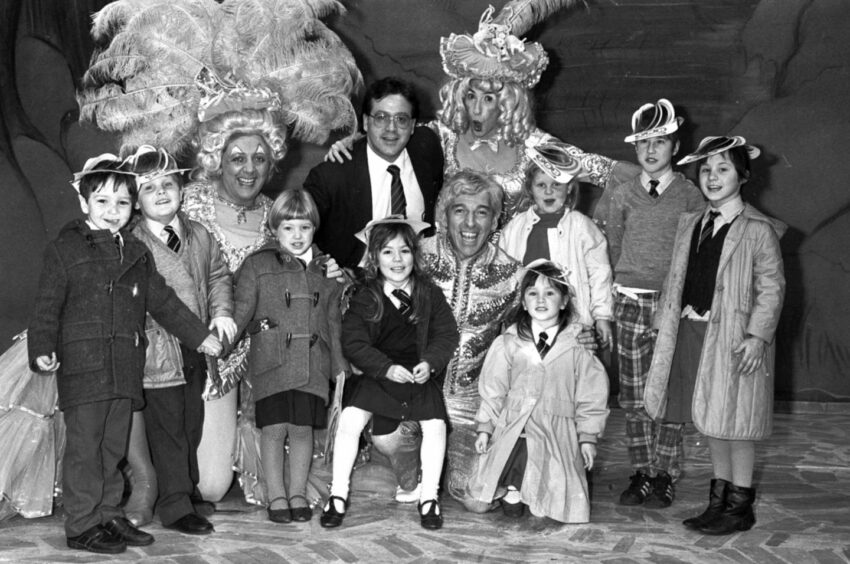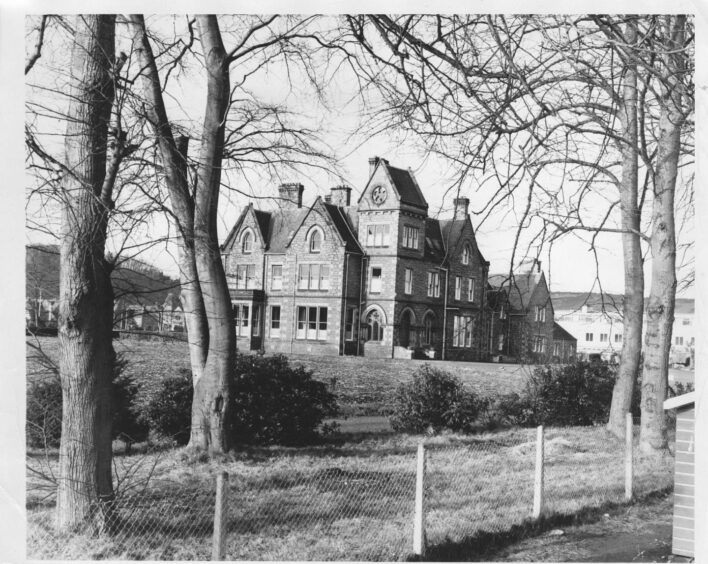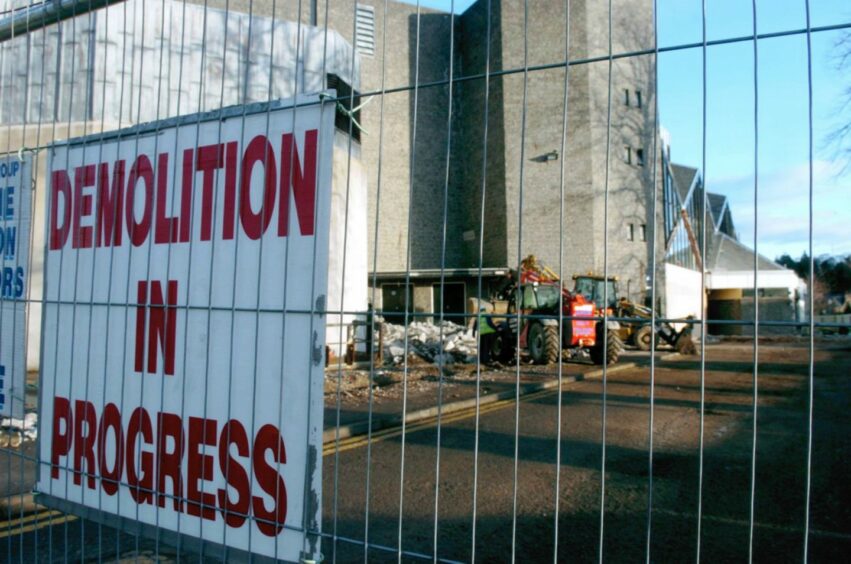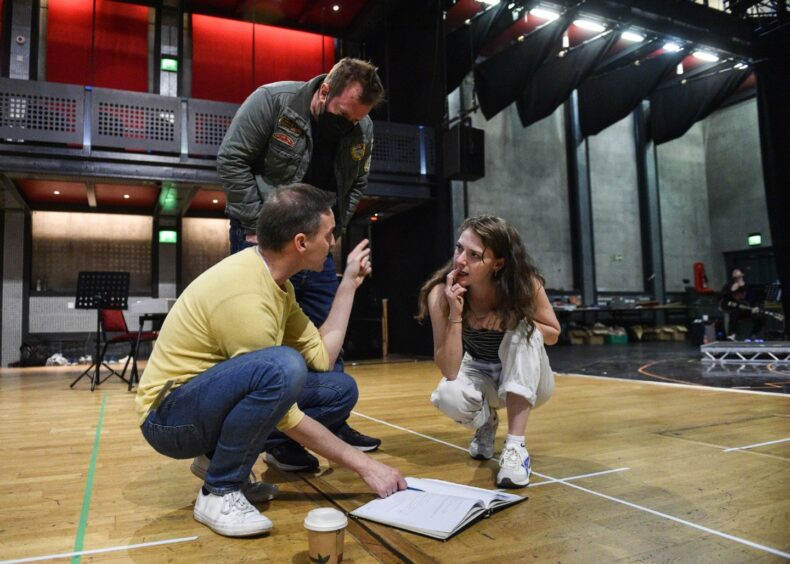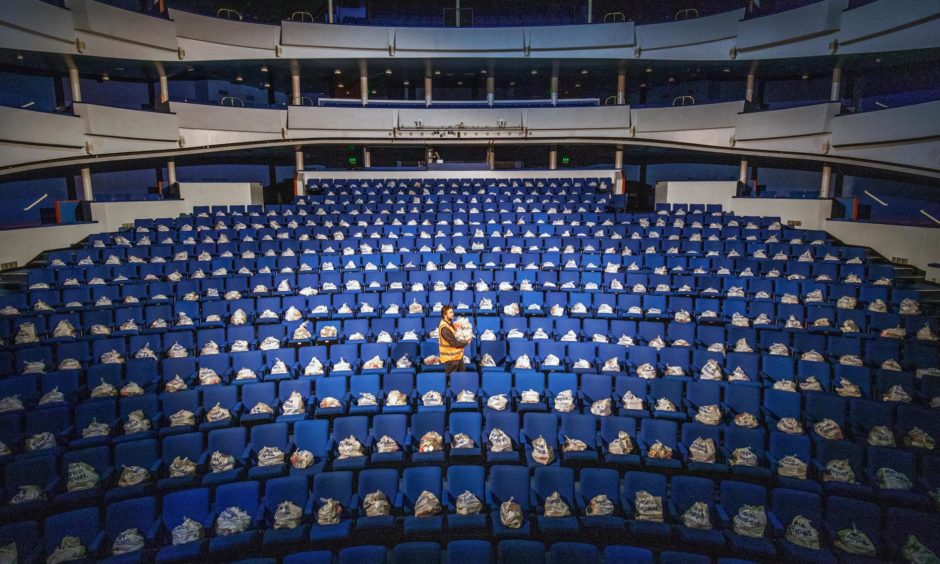Eden Court welcomes hundreds of thousands of visitors through its doors every year.
Now the largest multi-arts organisation in the country, the venue provides a space for people in the Highlands to escape from realty with its two theatres, two cinemas and three art galleries.
However, the historic buildings on the banks of the River Ness have held many roles over the years – and has been home to bishops, nurses, performers and even ghosts.
Eden Court gained its name from the late Bishop Robert Eden, who is known for founding Inverness Cathedral in 1866.
His congregation came together to raise funds to build him an official residence, which became the first section of the building which still stands today.
The 12-bedroom house was designed with his 10 children in mind, but by the time it was completed in 1878, they had all grown up and moved on.
It remained the official residence for the Bishop of Moray, Ross and Caithness – complete with private chapel – until 1947 when Bishop Piers Holt Wilson decided it was too big to be a home.
From nurses to ghosts
During the 1950s and 1960s, the now refurbished Bishop’s Palace – as it is now known by Eden Court staff – was home to the Pre-Training School for Nurses.
Hundreds of women stayed and trained at the Inverness-based nursing school where lectures were held in the former chapel.
The “golden girls” from the 1958 intake spoke to the Press and Journal at their 50-year reunion in 2008.
They shared stories of arriving from across Scotland in their teenage years to begin their training while boarding three to a room on Army-style camp beds in the “unwelcoming building”.
One constant at Bishop’s Palace during this time and in the years since has been the Green Lady ghost whose presence has been felt by many visitors.
Other supernatural figures, including a crying woman and small child, have also been spotted by staff.
Eden Court lay empty for a decade after the closure of the nursing school – but the council had began discussions about the creation of a Highlands arts venue.
This became a reality on April 15, 1976 when Aberdeen-born actor, Andrew Cruickshank, officially opened the original Eden Court arts centre.
One of Scotland’s most important venues
Eden Court was closed once again in 2004 so work could begin on a £25 million refurbishment project – and reopened in 2008 as a Category A-listed building.
In more recent years, it has celebrated big successes but also had to face challenges, including the Covid pandemic and cost of living crisis.
The venue has welcomed the Scottish Ballet and Scottish Opera, as well as the Inverness Film Festival and Royal National Mod.
A number of big names have taken to the stage in touring productions of musicals, plays and comedy shows, while the annual pantomime is always an audience favourite.
Eden Court also commissioned its first musical The Stamping Ground, featuring the music of Runrig, which opened to rave reviews in the Highland capital.
The venue closed its doors on March 17, 2020 when the country went into lockdown with the 869-seater Empire Theatre being transformed into a humanitarian aid centre for the Highland community.
Staff created new ways to entertain their loyal visitors by presenting live performances on their website and on social media.
This winter, it has joined the Warm Welcome campaign so people can use the building as a space to get warm and be with others.
However, the impact of rising costs has also forced the organisation to cut its workforce and opening hours from early 2023.
News agenda: Don’t ignore galleries, theatres, cinemas and museums or they might not be there in 2023
Already a subscriber? Sign in
[Home to bishops, nurses, performers and ghosts]
[[text]]
Credit: Source link



